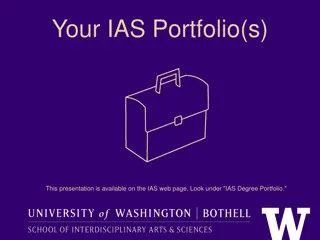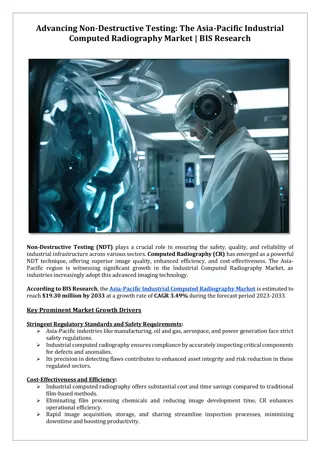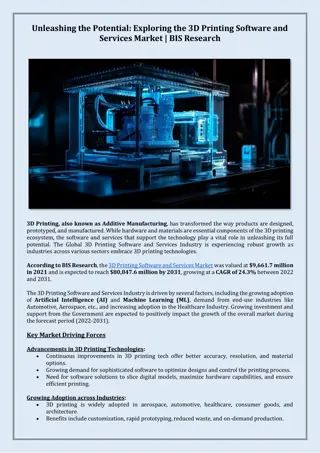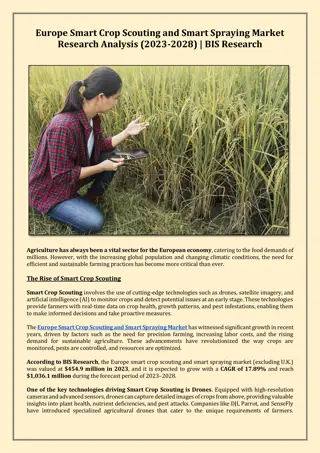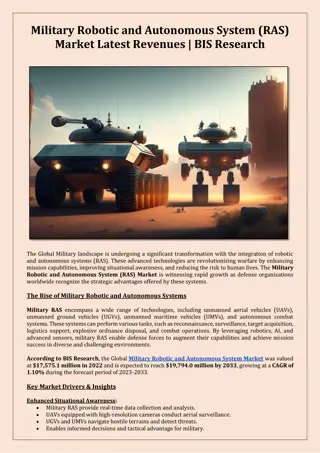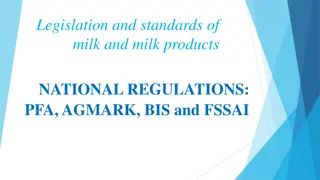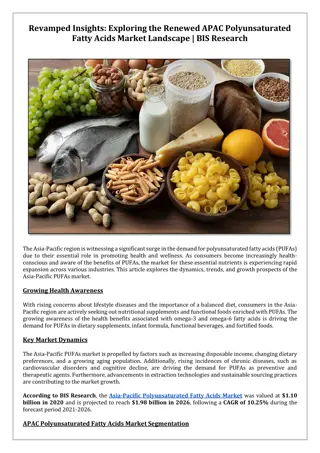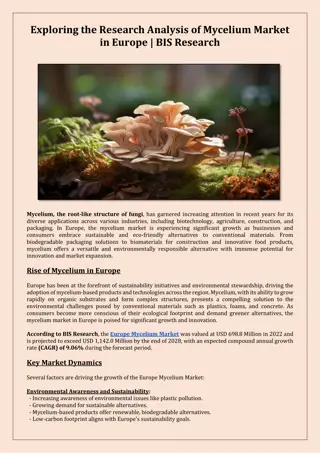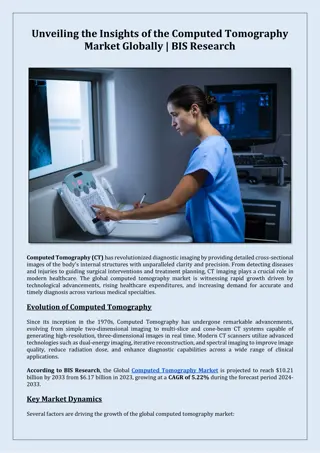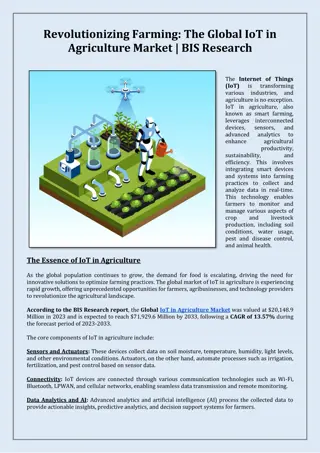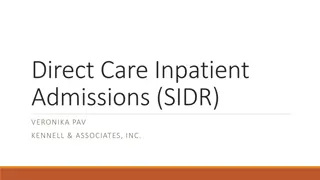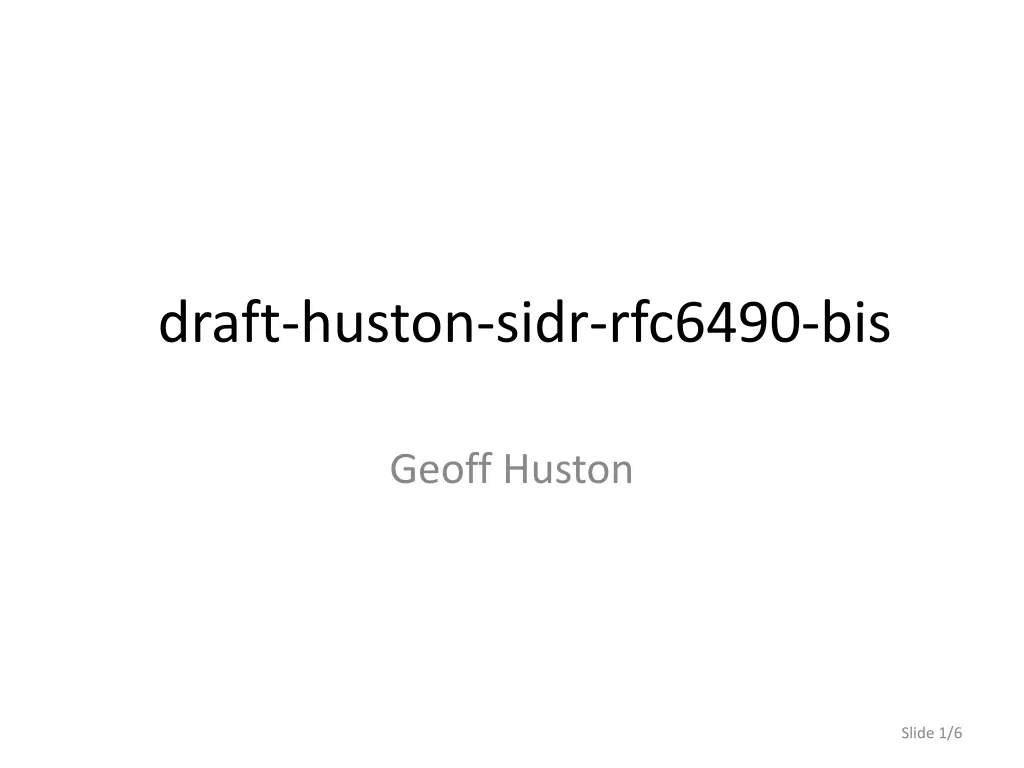
Enhancing RPKI Trust Anchor Management with Multiple URIs
Explore the evolution of RPKI Trust Anchor Locators (TALs) with the introduction of multiple URIs for improved scalability and diversity. Learn about the proposed changes to RFC6490 and the considerations for Relying Parties in managing trust anchors effectively.
Download Presentation

Please find below an Image/Link to download the presentation.
The content on the website is provided AS IS for your information and personal use only. It may not be sold, licensed, or shared on other websites without obtaining consent from the author. If you encounter any issues during the download, it is possible that the publisher has removed the file from their server.
You are allowed to download the files provided on this website for personal or commercial use, subject to the condition that they are used lawfully. All files are the property of their respective owners.
The content on the website is provided AS IS for your information and personal use only. It may not be sold, licensed, or shared on other websites without obtaining consent from the author.
E N D
Presentation Transcript
draft-huston-sidr-rfc6490-bis Geoff Huston Slide 1/6
draft-huston-sidr-rfc6490-bis Geoff Huston Slide 2/6
RFC6490 This document defines a Trust Anchor Locator (TAL) for the Resource Certificate Public Key Infrastructure (RPKI) [RFC6480]. This format may be used to distribute trust anchor material using a mix of out- of-band and online means. Procedures used by Relying Parties (RPs) to verify RPKI signed objects SHOULD support this format to facilitate interoperability between creators of trust anchor material and RPs. Summary: A TAL is a simple text object which is composed of a URI (where self-signed CA can be found) a hash of a public key Intent: To allow a CA to vary the Internet Number Resources in the self-signed CA cert without having to promulgate a new certificate across all Relying Parties Slide 3/6
draft-ietf-sidr-multiple-publication- points This document addresses this problem [of scalability and diversity] by enabling multiple operators for trust anchor material by allowing one or more URI for each public key in a TAL file Section 3 of the draft describes proposed changes to RFC6490 that would permit the use of multiple URIs in a TAL Note from SIDR WG Char 6 December: Proposes a "6490-bis" document that obsoletes RFC 6490 with the addition of multiple operators in section 3 of the current document. Slide 4/6
draft-huston-sidr-rfc6490-bis-01.txt Applies section 3 of draft-ietf-sidr-multiple- publication-points to RFC 6490 Adds the ability to place multiple URIs in the TAL Adds guidelines for Relying Parties Slide 5/6
Issues Discussion issues raised on the SIDR list so far: Syntax of a TAL blank line separator between URI(s) and Key? Use key=val format? Use JSON? Specify a maximum number of URIs? Different certs retrieved from different URI s? Incrementing CA serial numbers? Time limit for CA propagation / removal? Develop a TA change protocol? Publish a TAL lifetime object? What does Stable URI mean? Slide 6/6

